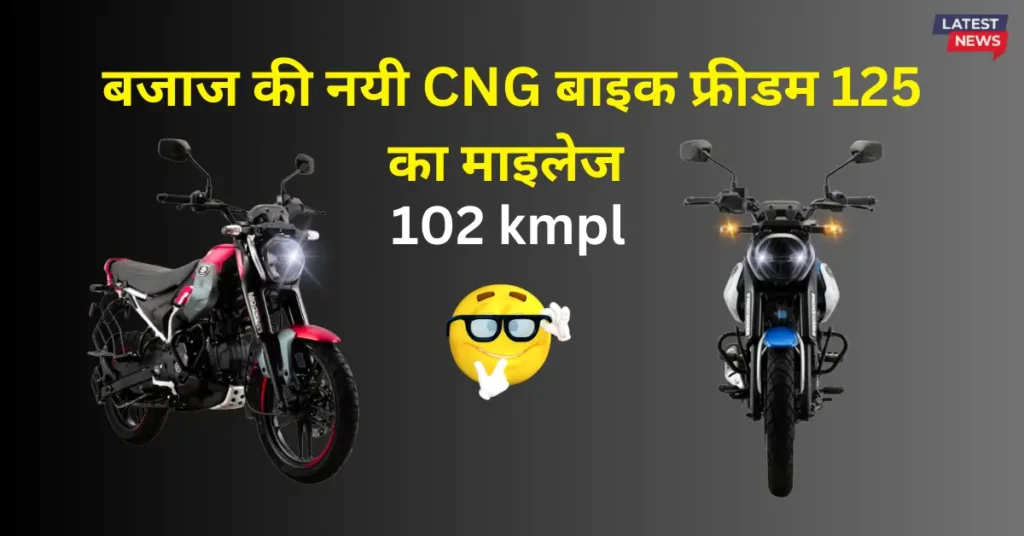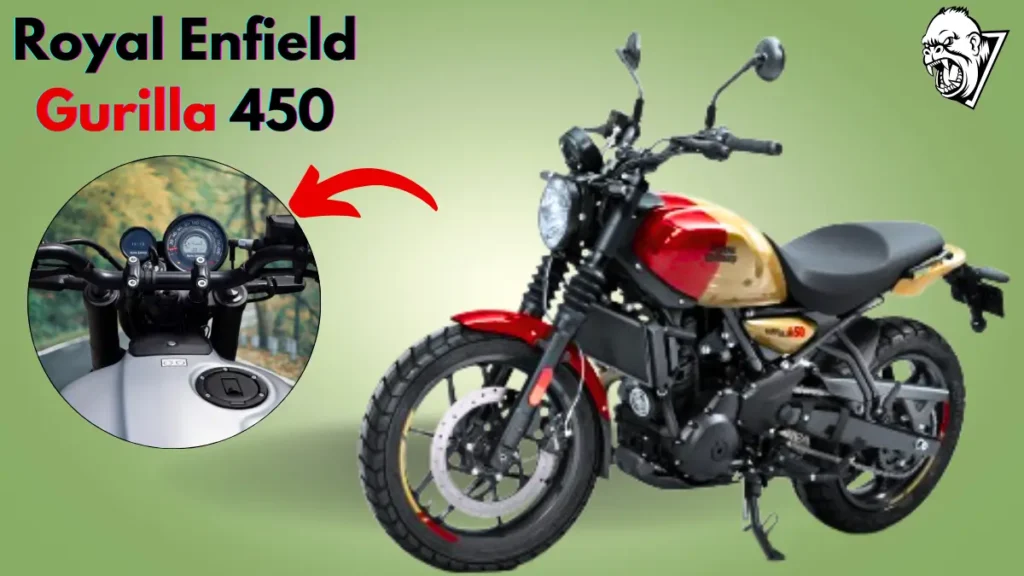If you’ve been around the cycling world lately, you’ve probably heard the buzz about tubeless tires. They’re being called the “next big thing” for road bikes, but are they really worth the hype? Or are traditional clincher tires with inner tubes still the way to go? Let’s have a friendly talk about it and figure out which option might be better for you, tubeless tires for road bikes or traditional clincher tires.
What Are Tubeless Tires, Anyway?
First things first, let’s clear up what tubeless tires actually are. Unlike regular tires that need an inner tube to stay inflated, tubeless tires form a tight, airtight connection with the rim itself. It’s like the tire and rim work together as a team to keep the air in, no tube required. You fill them with sealant, which helps prevent flats by sealing small punctures on the go. Think of it like a self-healing system for your tires, pretty cool, right?
On the other hand, clincher tires (the ones with inner tubes) have been the go-to choice for decades. They’re simple, reliable, and easy to replace if something goes wrong. But as cycling technology evolves, tubeless tires are becoming more popular, especially among road cyclists. So, let’s dive into the pros and cons to see which one might suit your riding style better.
Tubeless Tires for Road Bikes: The Case for Tubeless Tires
- Fewer Flats (Yes, Really)
One of the biggest selling points of tubeless tires is their ability to resist flats. The sealant inside the tire can quickly plug small holes caused by glass, thorns, or tiny sharp objects. It’s like having a tiny repair crew inside your tire, ready to jump into action.
“For example, imagine you’re cruising down a smooth road, and suddenly you hear that dreaded psst sound. With a traditional tube, you’d have to stop, remove the wheel, find the puncture, patch or replace the tube, and get back on the road. With tubeless tires, the sealant often takes care of the problem before you even notice it.”
- Lower Tire Pressure = Smoother Ride
Tubeless tires allow you to run lower tire pressures without the risk of pinch flats (those annoying flats that happen when your tube gets pinched between the tire and rim). Lower pressure means more comfort, especially on rough roads. It’s like upgrading your bike’s suspension without actually changing the frame. - Better Grip and Performance
Because you can run lower pressures, tubeless tires provide better traction and grip, especially in wet or slippery conditions. This can make a huge difference when you’re cornering or riding on uneven surfaces. Plus, many cyclists report that tubeless tires feel faster and more responsive, thanks to reduced rolling resistance. - Weight Savings (Sometimes)
Tubeless setups can be lighter than traditional tires with tubes, but this isn’t always the case. It depends on the specific tires and rims you’re using. If weight is a big concern for you, it’s worth doing some research to find the lightest combination.
Tubeless Tires for Road Bikes: The Downsides of Tubeless Tires
- Setup Can Be Tricky
Let’s be honest, setting up tubeless tires isn’t always a walk in the park. You need compatible rims and tires, and getting the tire to seat properly on the rim can sometimes require an air compressor or a lot of elbow grease. If you’re not comfortable with a bit of DIY, this might feel like a hassle. - Maintenance Is a Bit More Involved
Tubeless tires require sealant, which dries out over time and needs to be topped up every few months. If you’re the type of rider who prefers a “set it and forget it” approach, this extra maintenance might feel like a chore. - Cost Matter
Tubeless tires and compatible rims tend to be more expensive than traditional setups. If you’re on a tight budget, this could be a dealbreaker. - Not All Flats Are Fixable
While tubeless tires are great at handling small punctures, they’re not invincible. Bigger cuts or gashes might still leave you stranded. In those cases, you’ll need to carry a spare tube anyway, just in case.
Why Stick with Traditional Clincher Tires?
- Simplicity and Ease of Use: Clincher tires are straightforward. You pop in a tube, inflate it, and you’re good to go. If you get a flat, replacing a tube is quick and easy, even if you’re on the side of the road. For many riders, this simplicity is a huge advantage.
- Wide Availability: Tubes and clincher tires are available everywhere, from your local bike shop to online retailers. If you’re traveling or racing and need a quick replacement, you won’t have to worry about compatibility issues.
- Lower Initial Cost: If you’re just getting into cycling or don’t want to invest a lot of money upfront, clincher tires are the more affordable option. You can always upgrade to tubeless later if you feel like it’s worth it.
- Less Maintenance: With clincher tires, there’s no sealant to worry about. Once your tube is in place, you can focus on riding without thinking about topping up fluids or checking for dried-out sealant.
Which One Is Better for You? Tube or Tubeless Tyre

The answer depends on your riding style, budget, and how much effort you’re willing to put into maintenance. Here’s a simple breakdown to help you figure out what works best for you:
Choose Tubeless If:
- You hate dealing with flats and want a more puncture-resistant setup.
- You ride on rough or uneven roads and want a smoother, more comfortable ride.
- You’re willing to invest a bit more time and money into your bike setup.
- You’re looking for better performance and grip, especially in wet conditions
Stick with Clinchers If:
- You prefer a simple, no-fuss setup that’s easy to maintain.
- You’re on a budget and don’t want to spend extra on tubeless-compatible rims and tires.
Conclusion: Is Tubeless Better for Road Bike
Tubeless tires are definitely a game-changer for many road cyclists, offering benefits like fewer flats, a smoother ride, and better performance. But they’re not for everyone. If you’re someone who values simplicity and doesn’t want to deal with the extra setup and maintenance, traditional clincher tires might still be your best bet.
(FAQs): About Tubeless vs. Clincher Tires for Road Bikes
What’s the main difference between tubeless and clincher tires?
Tubeless tires create an airtight seal directly with the rim and use sealant to prevent flats, while clincher tires rely on an inner tube to hold air. Tubeless tires are designed to be more puncture-resistant and offer a smoother ride, whereas clincher tires are simpler and easier to maintain.
Are tubeless tires really better at preventing flats?
Yes, tubeless tires are generally better at preventing flats caused by small punctures. The sealant inside the tire can quickly plug holes from glass, thorns, or small sharp objects. However, larger cuts or gashes may still require a spare tube.
Do tubeless tires require more maintenance?
Yes, tubeless tires require periodic maintenance, such as topping up the sealant every few months and ensuring the tire is properly seated on the rim. Clincher tires, on the other hand, are more.

